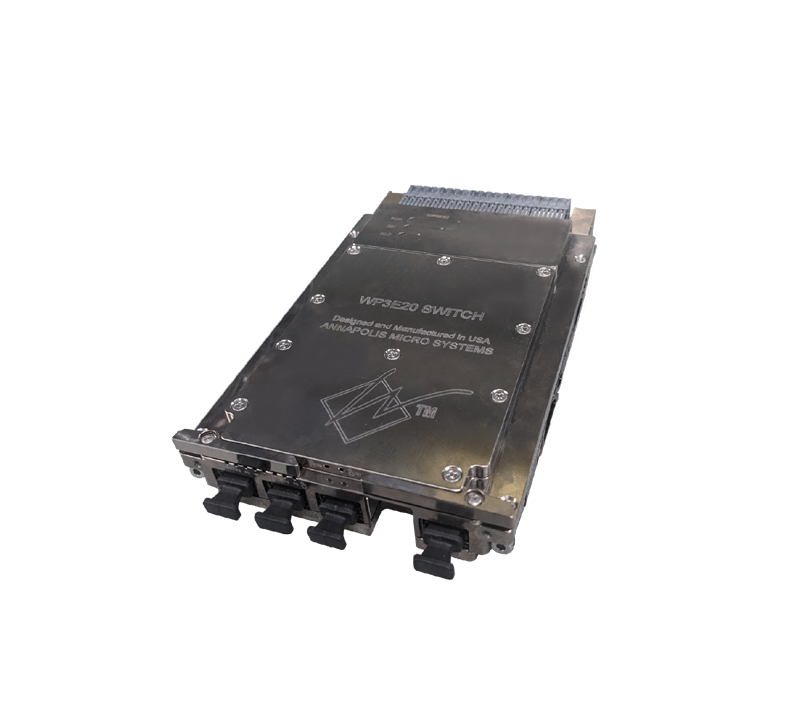Disruptive and Powerful Technology
In this report, Queplix provides an overview of the functions and processes that enable advanced data virtualization to solve a wide range of data integration and data management challenges.
The process of advanced data virtualization includes four major steps: discover and organize the data, virtualize and view the data structures, globalize the data, and then harmonize the data.
• Discover and organize enables intelligent software interfaces (Application Software Blades™) to understand the structure of data sources and their related security and move information back (and forth) as required.
• Virtualization brings these data structures into Virtual Data Manager™ for viewing and administration. All of the data structures are visible, comparable and searchable.
• Globalization allows you to automatically establish a true metadata abstraction layer called a Global Entity, which can be used in many ways to leverage the power of advanced data virtualization.
• Data Harmonization™ can automatically synchronize the data across the various sources.
Unlike any other technology, advanced data virtualization can uniquely present an enterprise-wide vision for data integration at all levels of scale, from a single point implementation to a full enterprise-wide deployment. This positions advanced data virtualization as a new, powerful, and disruptive technology and, with the power of the persistent metadata server, presents a substantial force of change with broad sweeping and profound implications for the future of information technology management.
Follow Queplix on Twitter at www.twitter.com/QueplixCorp
For parties interested in Queplix, Data virtualization, Data management, Database management, Master data management, MDM, Database Integration, Enterprise Application Integration, SalesForce Integration, CRM Integration, ERP Integration, SAP Integration, Data integration software, Cast Iron Systems, Composite Software, Denodo Software, Boomi






